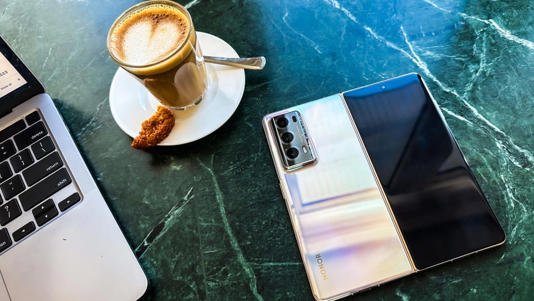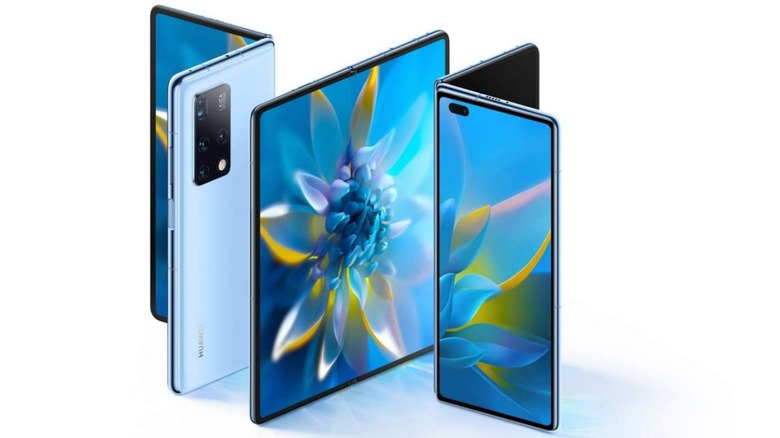Honor’s latest foldable phone, the Magic V2, boasts the title of lightest and thinnest foldable phone to hit the market. Weighing just 231 grams (8.15 ounces), it’s lighter than some regular candybar phones, including the iPhone 14 Pro Max. The Magic V2 will only be released in China at launch, as it comes on the heels of the global arrival of its predecessor, the Magic VS. There it’ll be available starting at 8,999 yuan, which converts to roughly $1,250, £970 or AU$1,850, and is expected to ship before the end of the month.
The arrival of Honor’s latest foldable flagship also comes merely weeks ahead of the rumored launch of Samsung’s next generation of foldable phones, the Galaxy Z Fold 5. I had a chance to test the Magic V2 hardware ahead of launch, although the software is still in development, so it’s not the focus here.
Also Read– Elon Musk’s mom wants you to stop encouraging the Musk-Zuck cage fight
Apart from the svelte design, Honor has made a series of improvements its second-generation foldable. The Magic V2 is using an upgraded type of battery technology known as silicon carbon, which helps it keep a large battery capacity of 5,000 mAh despite the slim folding design, and the crease on the inner screen is less visible. The Magic V2 also offers incremental upgrades such as a faster processor (Snapdragon 8 Gen 2), a more advanced camera setup (on paper at least) and a higher refresh rate on the inner screen.
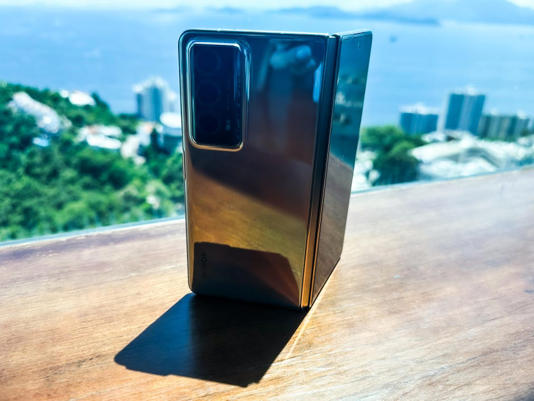
However, there’s still no official IP rating for water- and dust-resistance. That feature isn’t common in foldable phones yet, but both the Galaxy Z Fold 4 and Huawei Mate X3 have an IPX8 rating for water-resistance, though not for dust. Wireless charging also isn’t available, which is understandable given the slim design of the device.
Honor is a former Huawei sub-brand, but unlike phones from Huawei, Honor phones carry the full power of Google mobile services, which includes the Google Play Store, Google Maps and other critical parts of the Android ecosystem.
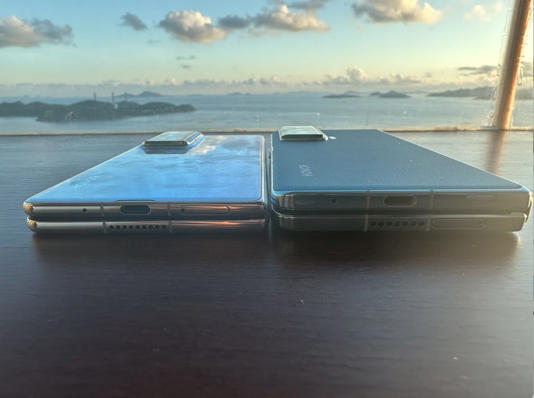
The Honor Magic V2 is lighter and slimmer
As soon as I unboxed the Magic V2, I was struck by its lightweight design and ultraslim hardware. It’s visibly thinner and shorter than its predecessor, the Magic VS. When folded, the V2 is just 9.9mm thick, which is just 1.3mm more than the standard iPhone 14. The Magic V2 is also lighter and thinner than the Galaxy Z Fold 4, although I expect Samsung to improved on this in future generations of the Z Fold series.
Apart from that, I was impressed by the device’s slick hardware, which allowed the two halves of the phone to fold flat against each other without a gap. The Galaxy Z Fold 4, still has a wedge-shaped gap when closed. However, this design might not necessarily be better than Samsung’s, as Google found out the hard way.
Also Read– New Google Chromebook X project leak: What is it?
The Pixel Fold’s displays fold flat against each other, which could be one of the reasons why the screens on so many models have broken. Ron Amadeo on ArsTechnica suggested that when the screens fold flat with dirt or other things stuck between, it can cause pressure resulting in breakage, especially since the Pixel Fold’s screen protector for the internal display doesn’t cover the entire OLED display underneath. That said, the Magic V2’s predecessor didn’t have these issues, so whether or not it causes a problem with this phone remains to be seen.
For the first time, I find myself convinced that book-style foldable phones could have a place in my future — provided a phone comes with the right price and user experience. (For full disclosure, I haven’t spent meaningful time with Samsung‘s foldable offering or Google’s Pixel Fold.)
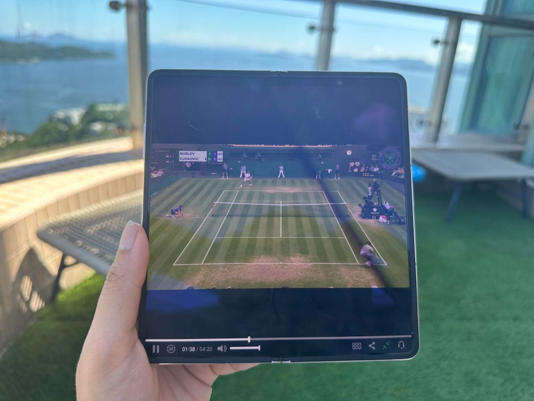
The Magic V2’s two displays
The Magic V2 is easy to use when it’s folded, as its 6.43-inch cover screen is similar to standard nonfolding phones. It was easy to just use the cover screen without even unfolding the device to use the internal screen. Its peak brightness of 2,500 nits made it easy to watch videos in sunny environments, although not under direct sunlight.
Inside, you’ll find a 7.92-inch inner display with a crease that’s barely noticeable. I had to maneuver the phone to specific angles to even see it. Although it was discernible to the touch, the crease didn’t interfere with my experience. I was able to watch videos and read the news seamlessly. This is a big improvement over the older Magic VS, which had a clearly visible crease.
Read More:-Google shared AI knowledge with the world — until ChatGPT caught up
The company said the hinge is made with titanium alloy that helps make it lighter and potentially more durable. Honor says the hinge can withstand up to 400,000 folds. That theoretically means the hinge will provide 10 years of use (assuming 100 folds per day), although whether the flexible screen itself would last that long remains to be seen. CNET hasn’t been able to independently verify that claim.
My early sample unit had limited functionality, so I haven’t been able to test the camera, battery, performance or evaluate the software. I’ll update this article once I receive a final review unit.
